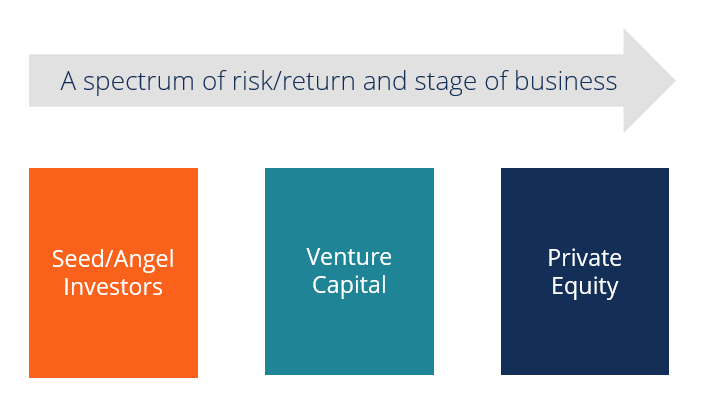Many of you might have heard about the term Private Capital in investment terminologies but might not know the core meaning of it. Private Capital is an investment class where the capital is not listed on a public exchange. Classes such as private equity, real estate, natural resources, etc. are incorporated in this. Private Equity means the investment in private companies while real estate means investing in commercial or residential properties. Similarly, investment in natural resources is the outlay on oil and gas, water, etc.
There are different routes that you can take for investing in the market. The private capital asset can be accessed by the investor through the exchange. However, most people follow the private unlisted funds’ path. Following are some of the fund strategies :
Commingled Funds
The fund managers are appointed to bring together the capital from multiple investors and form the fund. The formed pool is then used to invest in various companies or assets. After the initial fundraising period is over, no other investor is then allowed to make an entry.
These private capital funds have a finite lifespan which is led by two vital parties: Fund Manager (also referred to as General Partner) and Investor (Limited Partner). The goal of the former one is to raise the funds from investors and manage it to get optimal benefit. The latter one has the sole purpose of entrusting capital to the pool of funds.
Various institutions such as insurance companies, pension funds, individuals can take part in this depending upon their net worth. Sometimes, investors form SPAC for investing in a particular domain. A 2 year time period is given to the SPAC shows to make an investment, and if they fail to do that, the money shall be returned to the investors.
Fund of Funds
Fund of Funds is a methodology through which investment is done in other types of funds. Here, portfolios of other funds will be in place. Also referred to as a multi-manager investment, FOF is generally a two-tier structure. Contrary to the direct investment strategy, here the pooled fund is invested in other capital funds.
Generally, a Fund of Funds is invested in mutual funds or hedge funds. There are plenty of advantages to the Fund of Funds. It is a low-risk strategy so small investors can actively take part in it. Another interesting aspect of FOF is the diversification in portfolios that one can achieve. Hedge funds require a minimum of 6-digit investment, making it far from easy to invest for small-scale investors. Hence, the FOF strategy works well in such scenarios.
Separately Managed Accounts
A Separately Managed Account, also referred to as SMA, is the structure of a fund between two people: the fund manager and investor. The fund manager will handle the investment strategy and account, doing ideal investments to meet the portfolio needs. In this method, the investor will have utmost transparency in the process. He/she will be able to control the decisions and can have a personalized report for the same.
The professional firm handling the portfolio is mostly the RIA (Registered Investment Advisors). If you have more than a 6-digit investment amount, you can easily opt for this strategy, which is likely to yield optimum profit.
So, here was an overview of Private Capital and the different types of funds associated with it. If you are looking for investment opportunities, consult with a financial advisor and they will let you know the plans, amount required for investment, benefits, associated risks, and other details and you can then make a wise decision based on it.

